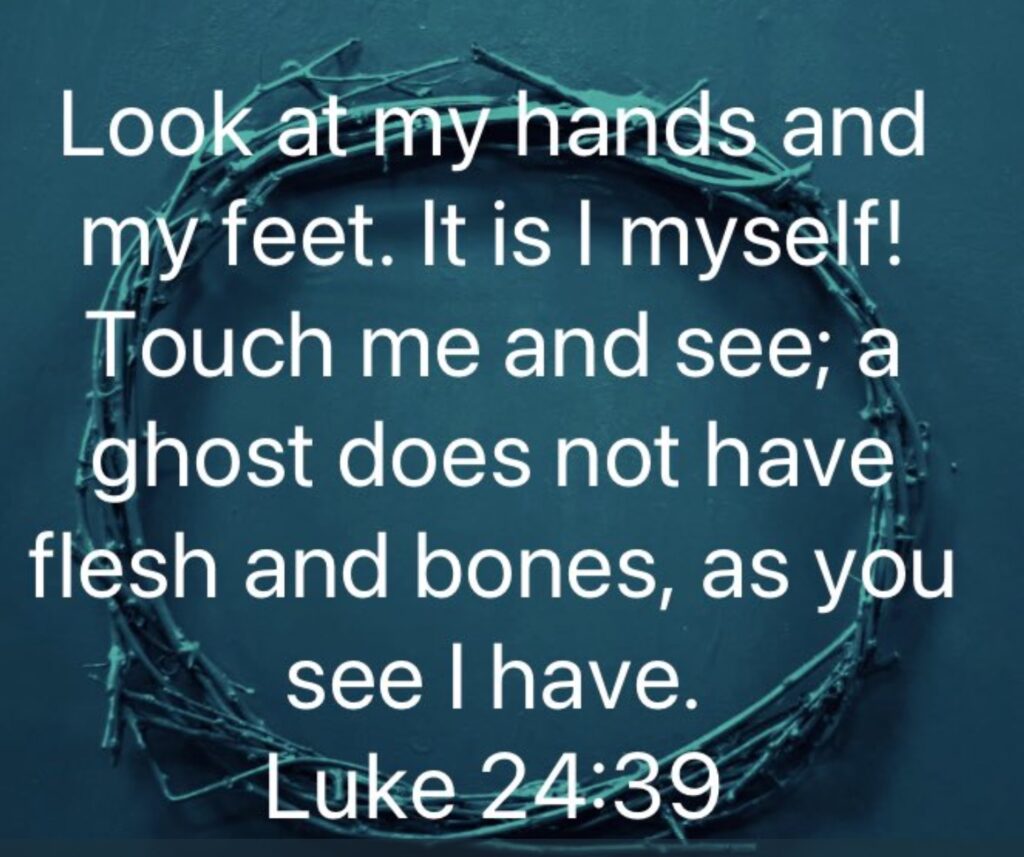
A lived encounter with Jesus
On Easter Sunday, Jesus appears to his friends. In fear, they’ve hidden themselves away in a locked room. In fear, they’ve ignored the women who told them to believe. And now here’s Jesus, in the flesh. And what’s the first thing he does?
He shows them his marked, impaired hands and side. The body that was wounded and died, broken by injustice and sin, transformed in resurrection. This is my body.
The disciples don’t just hear about his resurrection. They live it. In their physical encounter with Jesus’ body, his friends recognise him – as the God who is with them. The God who is like them. It’s hard to doubt an experience like that.
I sometimes have trouble with Easter. A triumphant resurrection can leave me waiting awkwardly outside the church gates, wondering if I fit. But this Easter Sunday, I was once again captivated by Nancy Eiesland’s idea of the disabled Christ, showing himself to his disciples, generously, vulnerably.
“Here is the resurrected Christ making good on the incarnational proclamation that God would be with us, embodied as we are… In presenting his impaired hands and feet to his startled friends, the resurrected Jesus is revealed as the disabled God. Jesus, the resurrected Saviour, calls for his frightened companions to recognise in the marks of impairment their own connection with God, their own salvation.”
Nancy Eiesland, disabled theologian1
As a disabled person who was never shown a God who is like me, this is a powerful picture of an experience with Christ’s impaired-and-perfected body. Society tells so many of us to be ashamed of our bodies, our different ways of being human. Jesus doesn’t. He shows us a body like ours. He takes it to heaven. And everything changes.
Continue reading
Recent Comments